Farm Biosecurity:
A means to protect the health of your animals, consumers, farm business & the environment
Biosecurity can help you protect the health of your consumers, the well-being of your animals and the ecology of your farm. Also, learn how to implement key biosecurity measures on your farm effectively.
As a progressive livestock farmer, you know how important it is to protect the health of your consumers, the well-being of your animals and the ecology of your farm. You already take several measures to do this.
Biosecurity can help you do more in this regard.
It is an integrated approach to help you take a holistic approach to protect your farm from external pests, weeds and diseases.
By implementing suitable biosecurity measures, you will not only save your farm, animals and consumers from harm; but will also help your country fight against invasive weeds, infectious diseases and pests.
There are several benefits in implementing biosecurity measures on your farm.
It can help you prevent several infectious diseases and keep away several pesky pests. It can help you save a lot of money, time and effort in managing invasive weeds.
And finally, it can also help you meet your country’s legal farming requirements.
I wrote this comprehensive guide to help you learn everything about biosecurity. But more importantly, I wrote it to help you effectively implement biosecurity measures on your farm.
This free guide has 3 sections:
In section one, I’ll tell you about what biosecurity is and why it is needed today.
In section two, I’ll show you how you can implement biosecurity measures on your farm.
In section three, I’ll help you see how you can manage your farm operations to ensure biosecurity measures are effectively implemented.
By the end of this guide, I will help you find definitive answers to all the following questions:
Section 1: Biosecurity, why it is needed today and international biosecurity frameworks
- What is biosecurity?
- Why is biosecurity needed today?
- What are the key international biosecurity agreements and organizations?
Section 2: How to implement biosecurity measures on your farm
- What animal-related biosecurity measures can you implement on your farm?
- What feed, water and waste-related biosecurity measures can you implement on your farm?
- What people, vehicle and equipment related biosecurity measures can you implement on your farm?
- What disease, pest and weed related biosecurity measures can you implement on your farm?
- What production-related biosecurity measures can you implement on your farm?
Section 3: Managing your farm operations to ensure biosecurity measures are implemented
- How to implement best practices and cultivate a biosecurity mindset?
- How to effectively manage all your animal health, farm operation and production records?
Let's begin, shall we?
Section 1: Biosecurity, why it is needed today and its international frameworks
What is biosecurity?
We’ve already seen that biosecurity can help you prevent disease, pests and weeds on your farm.
However, if we a take a step back and look at what biosecurity is and why it is needed today – we would quickly realize that it is a useful approach to analyze and manage risks.
Let me explain what I mean by this by asking you a question.
According to you, what are your biggest risks to your livestock farm business?
I suspect that all your answers will fall into one or more of the below categories.
- Anything that affects milk, meat or animal production
- Anything that makes your farm or farm business less productive
- Anything that seriously affects the quality of your produce or your reputation
- Anything that causes health problems for you, your employees, customers or animals
These are serious risks. And more importantly, they need to be avoided at all costs.
But how would you even begin to think about all these possible risks? How would you manage them? And how would you prevent them?
Biosecurity offers a systematic way for you to analyze and manage risks. It helps you analyze and manage risks across human health, your animals, the plants on your farm and your immediate environment.
It also addresses food safety, animal diseases, plant diseases, pests and invasive alien species.
In addition to helping you analyze and manage risks on your farm, it also helps your country promote sustainable agriculture, improve public health and protect the environment.
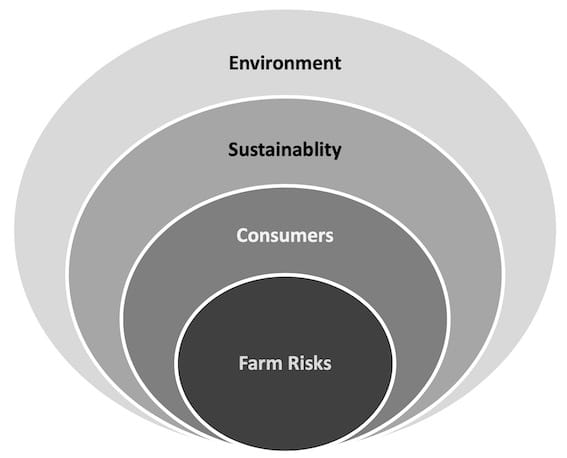
Why is it needed today, and what hazards does it cover?
Today, across the globe, we now have established global food supply chains.
Increasingly more and more food is now being shipped across countries and continents.
This increases the risk of spreading diseases, pests and weeds from one region to another.
Furthermore, livestock farms across most developed and industrialized nations are getting bigger in size.
With technology advances and more mechanized operations than ever before, we now need a system to ensure that our food is safe – for the farmer, the consumer and the environment.
Typically, biosecurity measures cover a range of potential threats, risks and hazards. This ranges from basic food safety, zoonotic diseases, animal health, plant health, biosafety and invasive species.
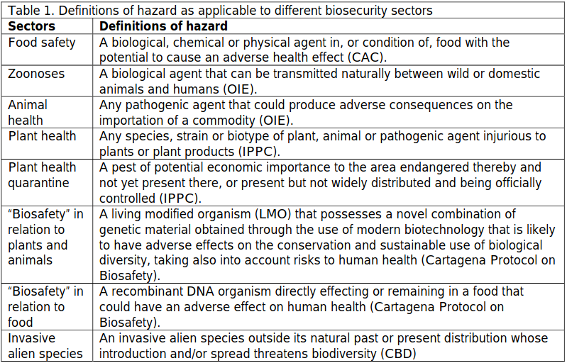
Increasing public awareness on biosecurity is quickly changing how biosecurity measures are implemented.
Understanding international biosecurity frameworks
To make biosecurity measures effective across countries, we need an international agreement on certain critical aspects. We need a common framework of agreement that goes beyond biosecurity measures implemented by farmers, national industry bodies and national governments.
Today, we have two major international biosecurity agreements. They are the SPS agreement by the World Trade Organization and the Cartagena protocol. Most countries that have well established global trade systems follow these two agreements.
The SPS agreement focuses on all sanitary and phytosanitary measures, which may affect international trade while the Cartagena protocol aims to ensure the safe handling, transport and use of living modified organisms (LMOs) resulting from modern biotechnology advances.
In addition to this, we also have international bodies such as the Codex Alimentarius Commission (CAC), the OIE World Organisation for Animal Health and the International Plant Protection Convention (IPCC) enforcing biosecurity frameworks in various capacities.
For instance, the CAC provides extensive guidance on the implementation of control measures by stakeholders at the national level. OIE provides many implementation tools and guidelines to achieve animal traceability. And IPCC guidelines offer specific tools to prevent the introduction of hazards or pests into new environments and also to control the spread of established hazards or pests.
TO LEARN MORE ABOUT BIOSECURITY, WHY IT IS NEEDED TODAY AND ITS INTERNATIONAL FRAMEWORKS – READ:
- Biosecurity Principles and Components by FAO
- Biosecurity: An integrated approach to manage risk to human, animal and plant life and health
- The SPS agreement by the World Trade Organization
- The Cartagena protocol
- Codex Alimentarius Commission (CAC)
- IE World Organisation for Animal Health
- International Plant Protection Convention (IPCC)
Section 2: How to implement biosecurity measures on your livestock farm
However much international bodies and national governments plan and create frameworks – it all boils down to what biosecurity measures farmers such you implement on your farms.
Let’s look at a few practical biosecurity measures you can take on your farm.
Biosecurity measures for your existing animals
Let's talk about the livestock you own. This is one of the most important assets in your farm. You've got to inspect them regularly. There are no two ways about it.
Have regular animal management routines. This will help you detect any illnesses early. This can also protect them from known diseases in your region.
In periods of increased risk, due to local outbreaks of disease, pests or wildlife, increase the frequency of your livestock inspections. Also, record and maintain health activities and treatments administered to each animal on your farm.
In case you encounter any unusual sickness or death, immediately seek advice from your vet. Be prepared to isolate diseased animals until they recover completely.
Also, to protect both your animals and your employees, get them vaccinated for common diseases that can are transferable between animals and humans. They are known as zoonotic diseases.
Biosecurity measures for your new animals
Biosecurity measures begin even before the animals you want to buy, enter your farm.
First, check the animal's health status before purchase. It is advisable to purchase your animals from a livestock producer that has appropriate animal treatment and health status records.
In case, you are purchasing semen or embryos, do so only from reputable sources, who have the necessary records.
When you bring an animal into your farm, immediately segregate, wash and vaccinate them on arrival.
You need to ensure that they remain segregated from your other animals, for at least two weeks. This helps you reduce risks of spreading any infection or disease. This also helps you pay special attention to how the new animals are adapting to your farm.
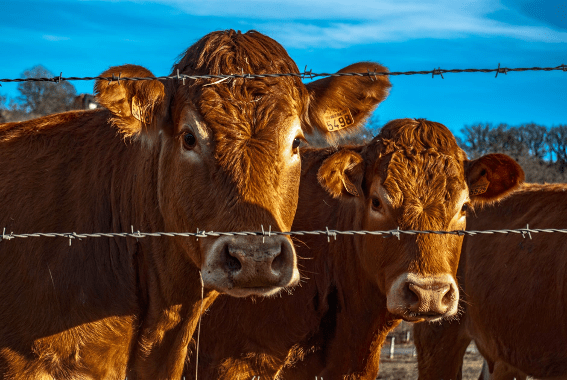
If necessary, keep them isolated for a longer period and get them checked by a vet.
Legally, you need to follow the National Livestock Identification System (NLIS) requirements. Complete the necessary NLIS transfers. This will make it easier for officials to keep track of species movements and take appropriate action if an emergency animal disease outbreak occurs.
And finally, also inspect and maintain adequate boundary fences. This will help you keep your animals safe from rodents, wildlife and vermin.
Biosecurity measures while managing feed, water and waste
By law, you cannot feed your animals with any products that are made from vertebrates such as fish, birds, and mammals. However, feeding processed tallow and gelatin from vertebrates is acceptable.
In addition to this, purchase your feed only from vendors that provide you with commodity vendor declarations. This will help you stay away from any feed related problems.
Once the feed reaches your farm, take care to avoid contamination during unloading, storage and feeding. Store your feed in a dry, clean place free from any rats, larva, vermin or wildlife.
Similarly, ensure that you feed your animals hay, fodder, supplemental feed and drinking water only in clean feeding troughs that don’t have any previous remains in them.
It is also essential to manage effluent waste and manure properly. Make sure this is safely disposed of, without contaminating your pasture, feed or water.
And finally, plan to dispose of dead animal carcasses responsibly according to your local laws.
Biosecurity measures for people, vehicles and equipment on your farm
Your first line of defence in containing people, vehicles or equipment-related risks, is to limit them.
You can do this in two ways. One, by demarcating restricted areas. And two, by having only a few points of entry that you can control.
Have a clear workflow for your usual service providers such as veterinarians, livestock agents, artificial insemination technicians, hay contractors, delivery and pick-up vehicles. Ensure that they only have access to the areas they need to work in.
Make sure one of your farm employees accompanies other service personnel or visitors at all times.
You can also have an area to clean boots and equipment on arrival and before departure. Minimize the lending or borrowing of equipment between farms and clean them thoroughly before use.
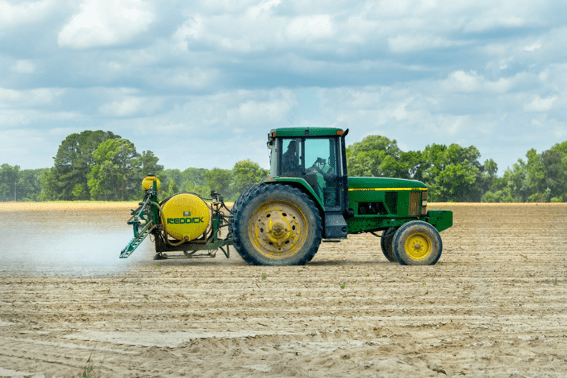
Biosecurity measures to manage pests, weeds, vermin and wildlife
To safeguard your animals and farm, you have to monitor and if required control rodents, vermin, feral animals, weeds and wildlife.
If required, form collective informal action groups with your neighbours and other local community members to deal with them.
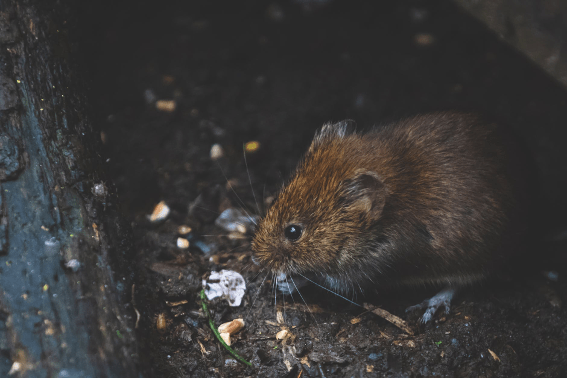
Feral animals and wildlife can be attracted by waste. By disposing of all your farm and domestic waste responsibly, you can significantly reduce the chances of them entering your property.
Also, inspect your property regularly to identify any damages or breaches in your fence line. A good property fence can prevent feral and wild animals from getting in.
And last but not least, put in place a routine disease and weed management control plan that includes regular weed spraying and appropriate disposal of wastewater.
Biosecurity measures to manage your production outputs
Most importantly, only use animals that are healthy for the production of meat, milk or young ones. If an animal is not healthy and strong, do not use it for production.
Also, do not transport unhealthy animals.This might end up being harmful to other animals.
Some signs of an unhealthy animal include:
- It is weak and unable to undertake a journey.
- It cannot walk normally, bearing weight on all legs.
- It is severely emaciated or visibly dehydrated
- It is suffering from severe visible distress or injury
- It is in a condition that could cause it increased pain if transported
- It is blind in both eyes
- It is in late pregnancy.
Ensure all livestock leaving the property is identified according to the appropriate NLIS Standards, meeting government legislation and have accurate documentation such as an Animal Health Declaration.
Also, when it comes to animal products and by-products such as dairy, wool, or leather, ensure that they leave your property in a suitable condition.
TO LEARN MORE ABOUT IMPLEMENTING BIOSECURITY MEASURES ON YOUR FARM, READ:
- National Livestock Farm Biosecurity Manual
- Resources to create your biosecurity toolkit - Australia
- Biosecurity resources by Meat & Livestock Association in Australia
- Resources about Biosecurity measures by Dairy New Zealand
- Biosecurity in Dairy & Beef Cattle by National Animal Disease Information Service (NADIS) in the UK
- Biosecurity for livestock farmers in South Africa by Agribook
- Livestock Biosecurity and Biosecurity Factsheet by USDA
Section 3: Managing your farm operations to ensure biosecurity
Implementing best practices and cultivating a biosecurity mindset
To implement biosecurity effectively, consider integrating biosecurity best practices into everyday farm operations.
You and your employees also need to adopt a biosecurity mindset that encourages everyone to think about ways to protect your farm and animals.
One effective way to do this is to document the best practices and ensure that they are seamlessly built into your farm operations. It can be useful to create a checklist of best practices that need to be followed for each farm operation.
For example, when it comes to equipment and vehicles on your farm, you may create a step-by-step checklist such as:
- Ensure vehicles, machinery and equipment are kept only in the designated areas
- Check parking and storage area for pests, every Friday
- Keep clear signposts with instructions to use the cleaning and washing facilities.
- Make high-pressure water and air available to remove plants/ soil from equipment and machinery.
- Inspect and disinfect the machinery before entering production area
- Clean all debris off any borrowed/ second-hand machinery and equipment, before us
- Ensure that water from the wash-down facility doesn’t carry unwanted pests/ waste into waterway
- Wash-down facility and surrounds are inspected every Friday and records are updated.
- Clean farm vehicle tires and limit its movement to farm pathways.
Such a checklist does two things. First, it clearly tells your employees what needs to be done without any ambiguity. And second, it gives foolproof instructions to avoid any errors or mistakes.
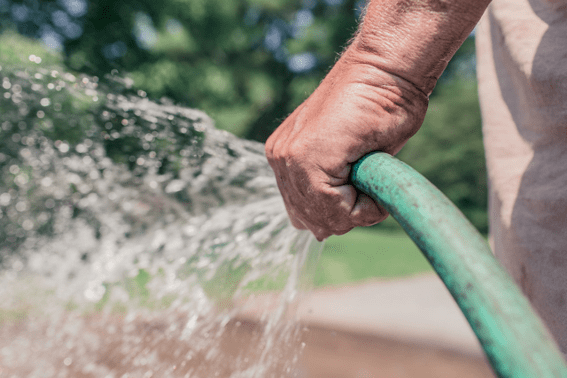
Once you begin to document and implement best practices, you would find it easier to tie in biosecurity measures seamlessly into your regular farm operations. And soon you can cultivate a biosecurity mindset among all your employees.
TO LEARN MORE ABOUT DISEASE, PEST AND WEED RESISTANT CROPS, READ:
- SOIL HEALTH & BIOLOGICAL CONTROL OF PESTS – BY PENN STATE EXTENSION
- ROLE OF NUTRIENTS IN CONTROLLING PLANT DISEASES IN SUSTAINABLE AGRICULTURE
- SOIL FERTILITY MANAGEMENT AND INSECT PESTS
- SOIL FERTILITY, BIODIVERSITY AND PEST MANAGEMENT
- CROP ROTATION EFFECTS ON SOIL FERTILITY AND PLANT NUTRITION
- IMPROVING SOIL HEALTH TO SUPPRESS SOIL BORNE DISEASES
Manage all your animal health, farm operations and production data in one place – digitally.
In addition to implementing best practices and cultivating a biosecurity mindset, you can also look at storing all your animal health, farm operation and production records in one place digitally. This will help you see patterns over time and in turn, help you make more effective farm management decisions.
If you have a small farm with limited operations, even something as simple as a spreadsheet can work wonders for you. However, if you have a farm that is over a hundred acres in size with several hundreds of livestock animals, you might need dedicated farm management software such as Pasture.io.
Consider, trying the forever free plan from pasture.io. It can help you do a lot. For instance, it can help you with:
Pasture & Grazing Management:
To help you import your pasture readings, plan your weekly grazing routines and print your grazing plans. It also tells you which paddocks are performing well and which ones need your attention.
Maintain Records Effortlessly:
To help you enter and store your farm records digitally. Also enables you to analyze your records and make better decisions to improve the productivity of your farm. This helps you implement biosecurity measures.
Nutrition & Feed Management
To help you maximize the nutritional value of your feed and enhance your herd's performance. Keeping track of feedstock also helps you better implement any feed-related biosecurity measures.
Track KPIs & Key Outcomes
To help you analyze your farm’s historical data and track how you are improving key outcomes. This is useful in helping everyone more accountable and responsible.
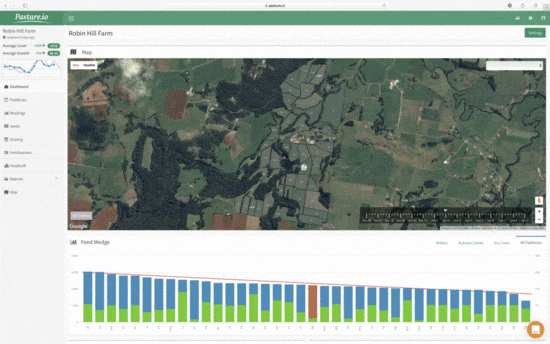
In other words, a tool like pasture.io can make it easier for you to make the right decisions amidst your busy work, on your farm. Right decisions add over time up to help you lower costs and increase profits.
For example, Stuart Barr, a dairy farmer from Ringarooma, Tasmania now makes an additional profit of 80,000 dollars every year on his dairy farm. Just by using Pasture.io to help him manage his pasture.
In case you’re interested, to upgrade to a premium subscription – we have a simple pricing structure. You play a flat fee of AUD 1,099 per year, and then pay AUD 8 per hectare per year.
Please check out our free and paid plans. It will change your life and your pasture for the better.






















